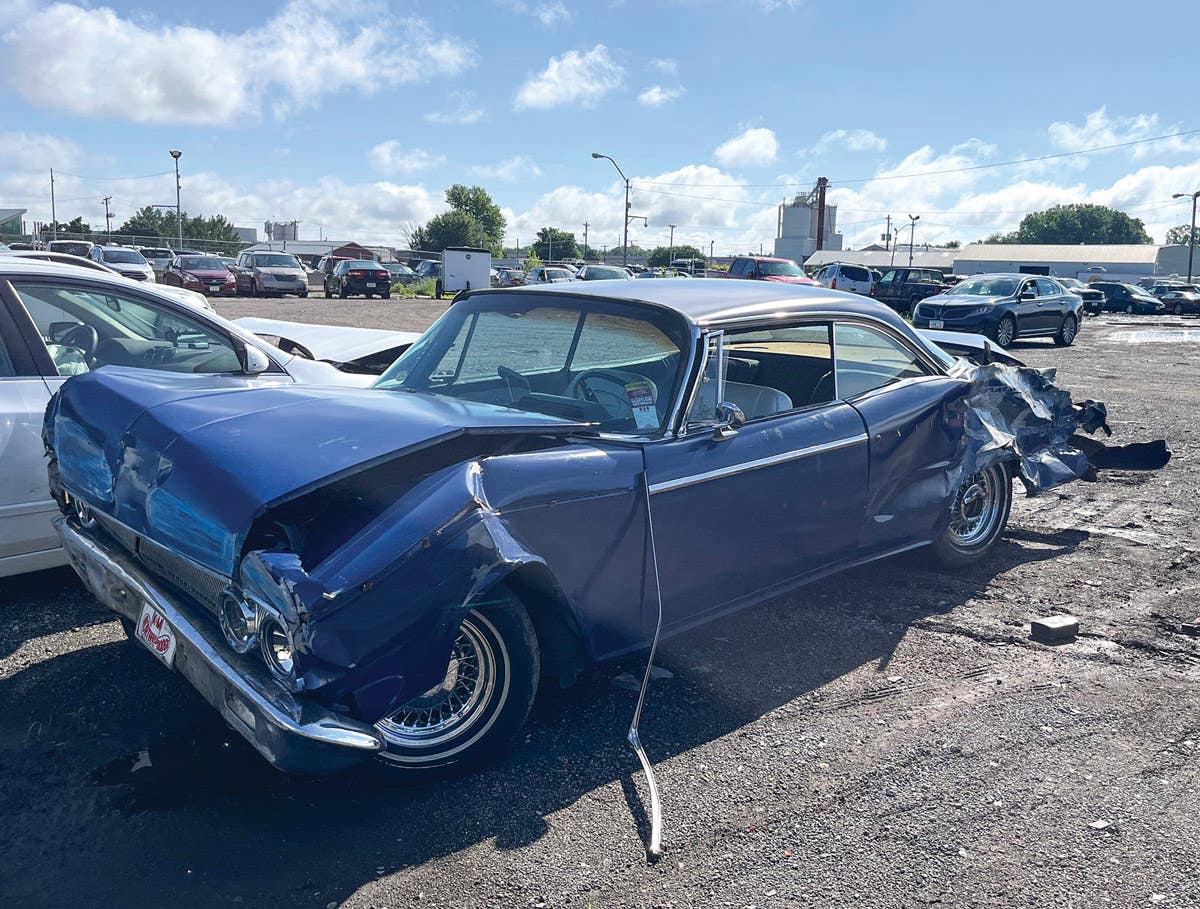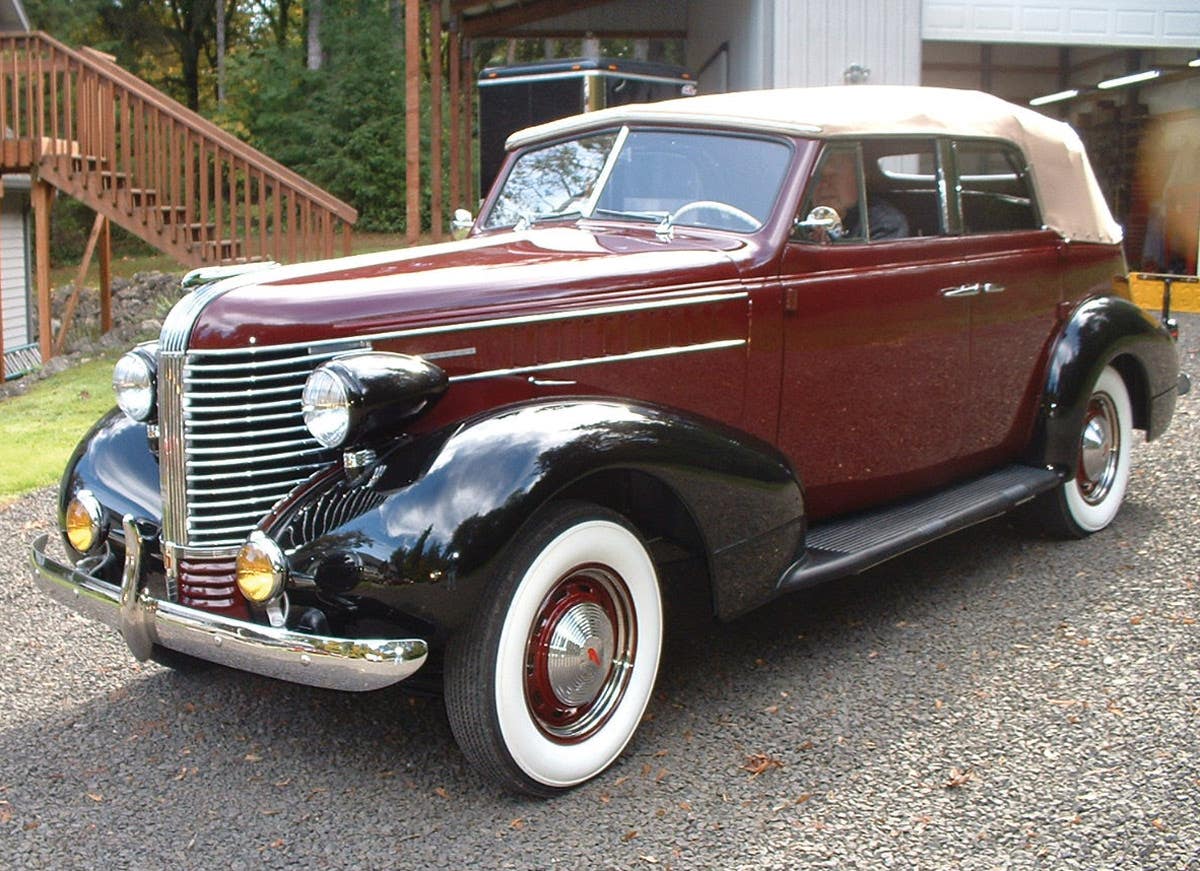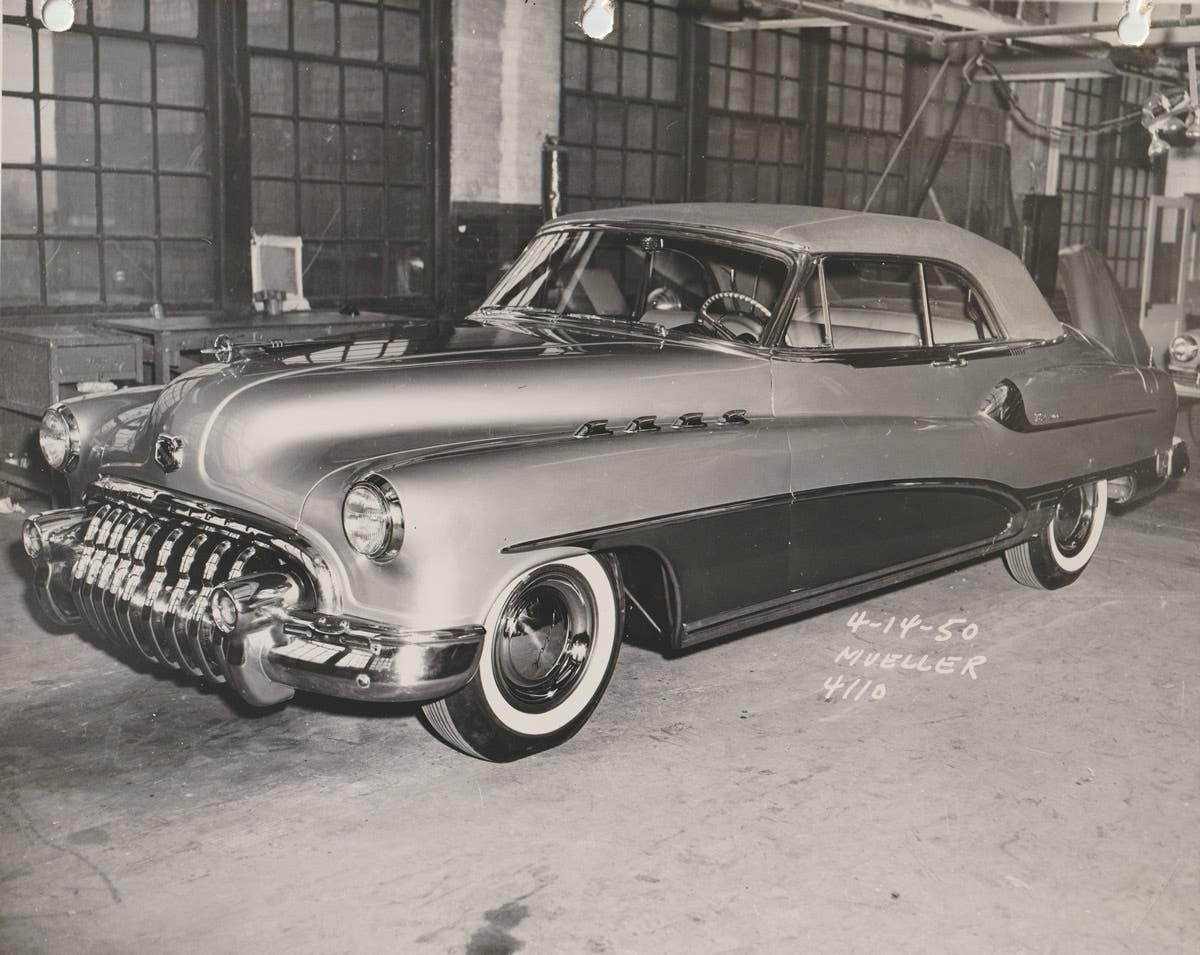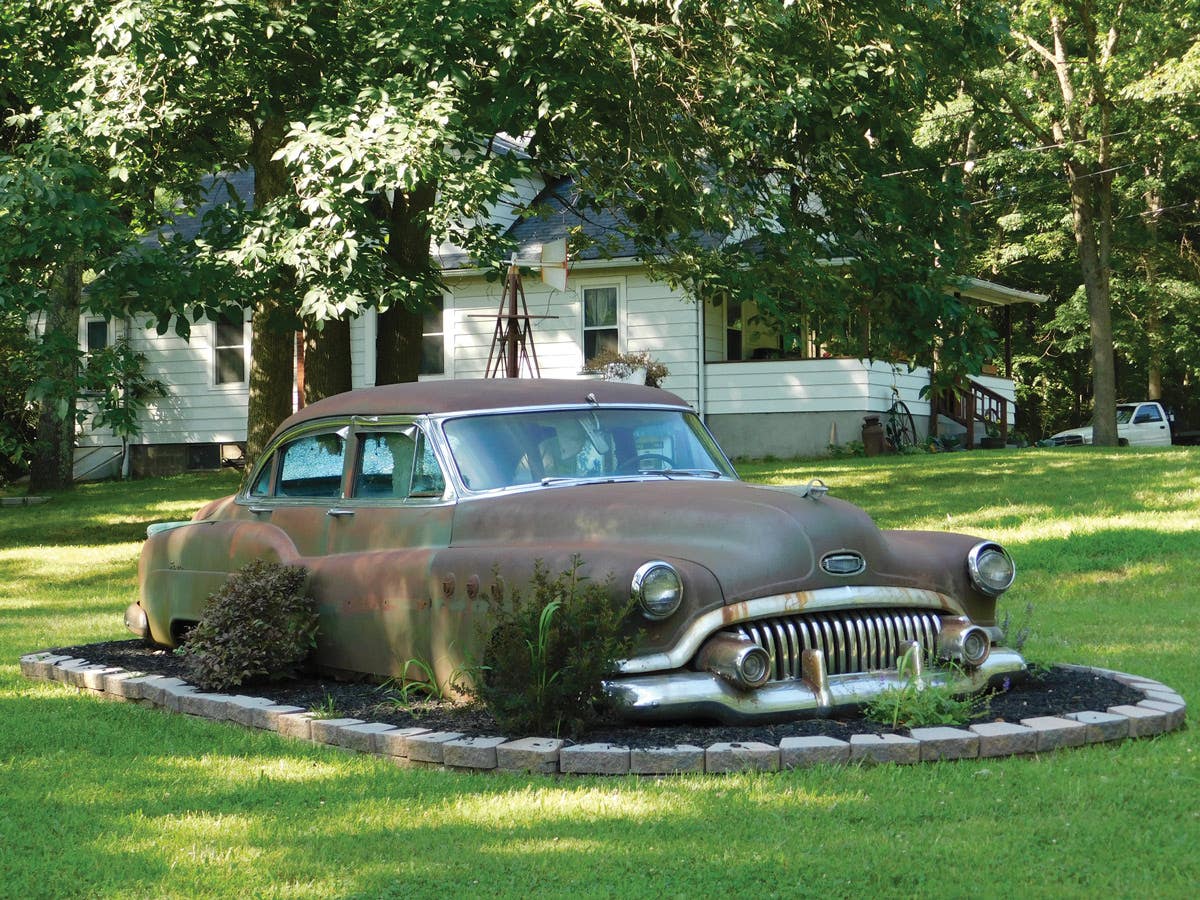Unsung ’67 Comet packed a wallop
The success of the Mustang had caused everyone in Detroit to scramble for a similar car. Mercury’s new Cougar debuted in 1967, and with a 427 cubes stuffed under its hood, this ho-po Comet was one of the great plain-clothes muscle cars of its era.
The Mercury brand of the Ford Motor Co. was among the most underrated participants in the muscle-car era. Up until the debut of the Cougar in 1967, Mercury did not have a car that was “visible” on the street. The drag Comets that Dyno Don Nicholson, Eddie Schartman and others had raced so successfully in 1964 and 1965 had no big-block street counterpart available. In 1966, a restyling was nice, but was up against fresh competition from new midsize offerings by GM and Chrysler. That image would not really change until the fastback Cyclone packages of 1968 arrived.
But if you wanted some serious horsepower in 1967, the Comet still delivered. That year, it was possible to go to your local dealership and order a Mercury with an R-code VIN, denoting a car that packed 427 cubic inches of side-oiler Ford FE engine in a conservatively cloaked package. For Pete and Snady Robinson, buying one of these cars became a mission.
“We ended up buying a collection of three cars to get this one car,” says Sandy. The owner was an older gentleman in California named Roger Holdaway. Health problems were forcing him to reluctantly sell his small collection, and the Robinsons agreed to find buyers for his two other cars to offset the cost of the rare 202 two-door post sedan — one of just 22 built using the formal roofline instead of the sportier, but heavier, Cyclone fastback design. Holdaway had rotisserie-restored the documented car in the early 1990s.
Ford went to great lengths to help maintain body rigidity on the extreme 427 machines. For instance, special bracing under the hood and at the corners of the hood was built in to prevent flexing. The wide engine also required the inner fender wells to be specially stamped to get the fasteners off the exhaust manifolds — though some of those holes do not line up with the nuts.
The legendary side-oiler engine, so named for its oil galley positioning, was at its zenith by this point, soon to be superseded by the new 428-429 FE Cobra Jets and the Boss 429 semi-hemi mills. In its final year, the 1967 427 was rated at 425 horse at 6,000 rpm, and featured a pair of big Holleys on an inline intake, 11.1 compression, heavy-duty internals, a transistorized ignition system and technology from the crucibles of LeMans and NASCAR. This particular Comet, like most of the production 425-horse models, was for quarter-mile use. It’s all business, complete with radio delete and Spartan accommodations.
Behind the engine, the four-speed Top Loader crash-box and a 9-inch nodular rear, that became the forerunner to many third members used in professional drag racing today, are pretty bullet-proof. The pumpkin has a 3.89 Traction-Loc gear, while the car also received 14-inch steel wheels shod in Firestone F70 rubber when sold new; any attempt to put this one on the strip would obviously require a lot bigger tread to get traction.
The 427 was not advertised as a standard option for the 1967 model, but was available for racing enthusiasts if they knew what to order. The buyer who ordered this one did so knowing that the post sedan was the lightest possible Comet model. With only 19,900 miles showing since new, and a very solid restoration that brought everything up to near-perfect condition, the Robinsons’ car is now more of a history piece than a boulevard bruiser.
The success of the Mustang had caused everyone in Detroit to scramble for a similar car. Mercury’s new Cougar debuted in 1967, and the drag efforts would become focused on this model for 1968.
Meanwhile, Comet became part of the new-for-1968 Montego lineup, and the performance midsize car was now a separate model called “Cyclone.”
The Robinsons’ car, and a handful of scarce siblings, may indeed have been the ultimate Comets ever built for street use.







